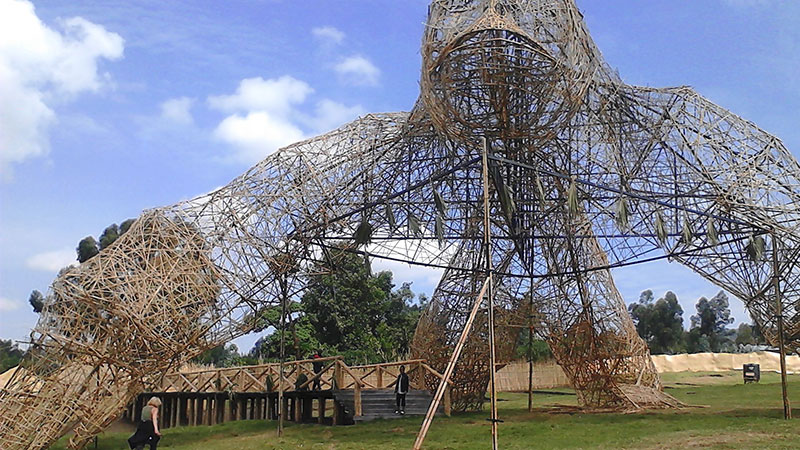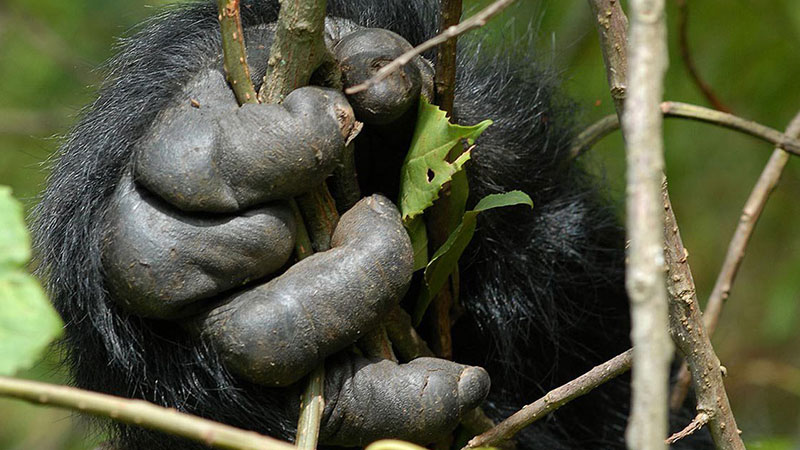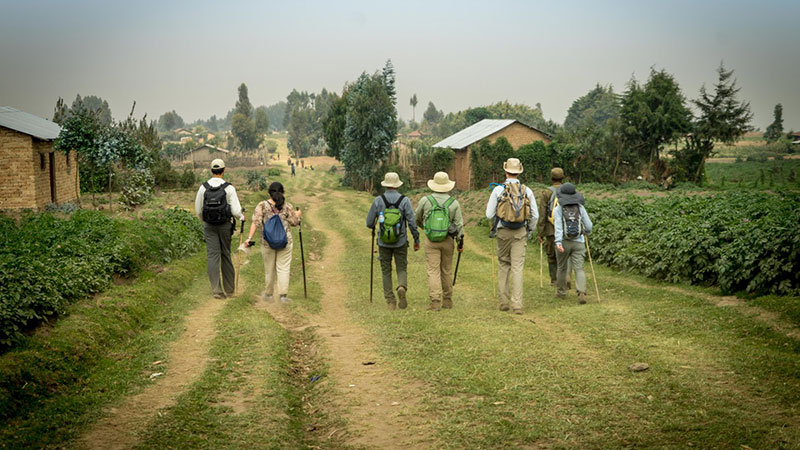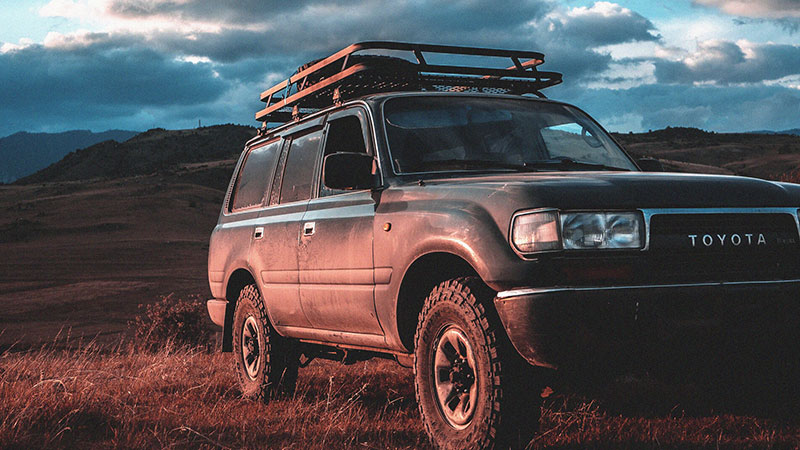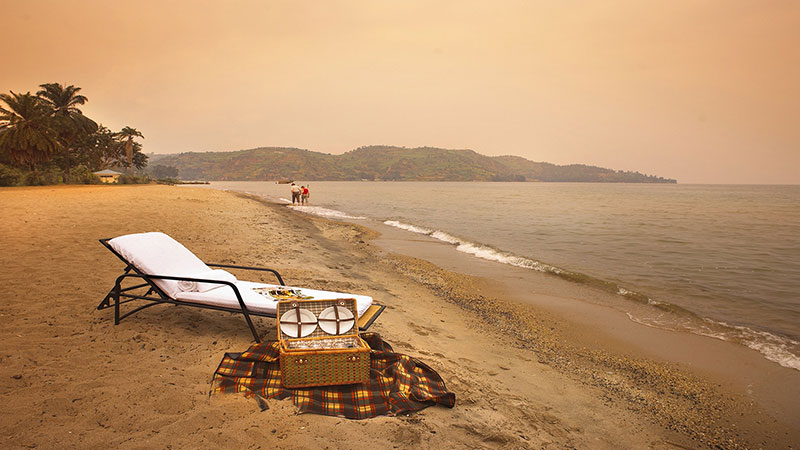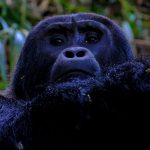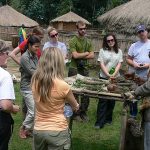Kwita Izina: As it is in human, for many parents, naming their child is one of the most important considerations they have to make. From looking through family members and relatives, to consulting family members, to perhaps drawing straws because a mother and father can’t decide between Leigh and Lee. Naming is always based on seasons, situation at hand and family ties. Names have always been something that carries great significance and meaning, from religious icons to fictional characters in your favorite novel.
The same to gorillas, naming is always done based on some habits, situations and factors that are considered for a baby gorilla. The Kwita Izina is Rwanda’s annual event where the newly born mountain gorillas are given names for purposes of conservation.
The gorilla naming ceremony started way back in 2005 as a small occasion that has recently become a big event in Rwandan tourism industry, attracting a lot of tourists worldwide to take part in the baby gorilla naming ceremony. Thousands and thousands of people find their way to the foothills of the Virunga Mountain.
The ceremony’s main goal is in helping monitor each individual gorilla and their groups in their natural habitat. It was created as a means of bringing attention both locally and internationally about the importance of protecting the mountain gorillas and their habitats in Volcanoes National Park in the Virunga Mountains in the north of the country. This event has become Rwanda’s cultural and traditional practice for each year at Kinigi at the Volcanoes National Park headquarters.
About 239 mountain gorillas have been named over the course of the Kwita Izina ceremonies. The Kwita Izina event seems to be a vibrant conservation measure. In 1985, there were fewer than 300 mountain gorillas that thrived in the natural environment compared to the 900 that are estimated to be living today in Uganda, Rwanda and the Democratic Republic of Congo (DRC).
The event was celebrated under the theme “Conservation and sustainable tourism, a foundation for future generation.” Volcanoes National Park lies in Musanze village which is also famous as Ruhengeri.
